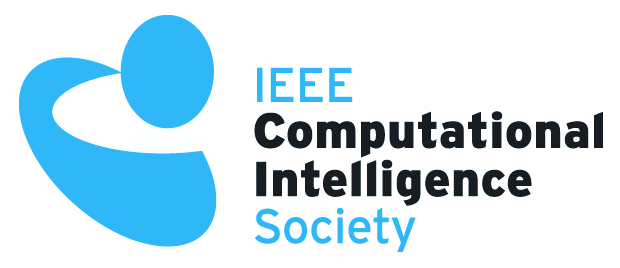

Intelligent Systems Applications Technical Committee
Task Force on
Complex Engineering Optimization (CEO)
Chair
Members (to be confirmed):
- Thomas Baeck, Leiden University, the Netherlands
- Piero Bonissone, General Electronics, USA (Vice Chair)
- Ozer Ciftcioglu, Delft University of Technology, The Netherlands
- Carlos Coello Coello, CINVESTAV-IPN, Mexico
- Kalyanmoy Deb, IIT, India
- Jinliang Ding, Northeastern University, China
- Talbi El-Ghazali, University of Lille 1, France
- Andries P Engelbrecht, University of Pretoria, South Africa
- Eric Goodman, Michigan State University, USA
- Youssef Hamadi, Microsoft Research, UK
- Yaochu Jin, University of Surrey, UK (Chair)
- Miettinen Kaisa, University of Jyvaskyla, Finland
- Vincenzo Loia, University of Salerno, Italy
- Xiaochuan Luo, Northeastern University, China
- Shigeru Obayashi, Tohoko University, Japan
- Yew-Soon Ong, Nanyang Technological University, Singapore (Vice Chair)
- Rong Qu, University of Nottingham, UK
- Marc Schoenauer, INRIA, France
- Wei Shyy, Hong Kong University of Science and Technology, China
- Kay Chen Tan, National University of Singapore, Singapore
- Gary G. Yen, Oklahoma State University, USA
- Shengxiang Yang, De Montfort University, UK
- Xin Yao, University of Birmingham, UK
- Mengjie Zhang, Victoria University of Wellington, New Zealand
Target and Motivation
This task force aims to promote the application of nature-inspired computational intelligence techniques to solving real-world complex engineering optimization problems, which are often characterized by the following features:
- They are subject to uncertain and changing environments
- They are computationally expensive
- They involve multiple disciplines and need to satisfy multiple objectives. Sometimes, determining the objectives to be optimized is part of problem-solving
- They consist of multiple level or multiple sub-systems that interact with one another and have often a high-dimensional decision space and are of both discrete and continuous type
- The solution space is highly constrained
In addition, the task force is also interested in promoting the development of software and visualization techniques that facilitate the use of computational intelligence techniques in solving complex industrial optimization problems.
The task force is also dedicated to reducing the gap between theory and practice in the field of CI, in particular in evolutionary computation by exploring the following issues:
- What is the hardness in solving real-world complex engineering optimization problems?
- How to design benchmarks in evolutionary optimization that are relevant to real-world optimization problems?
- How to evaluate the performance of an evolutionary algorithm for optimization
- When is statistical significance of interest?
- What theories are helpful for solving real-world optimization problems?
News
Note: The copyright of the unpublished slides available on this homepage is
reserved by the author. Use all or part of the materials for any purpose
other than personal use, such as lecture handouts, is allowed but should
be properly acknowledged.
Last updated in December, 2012.



